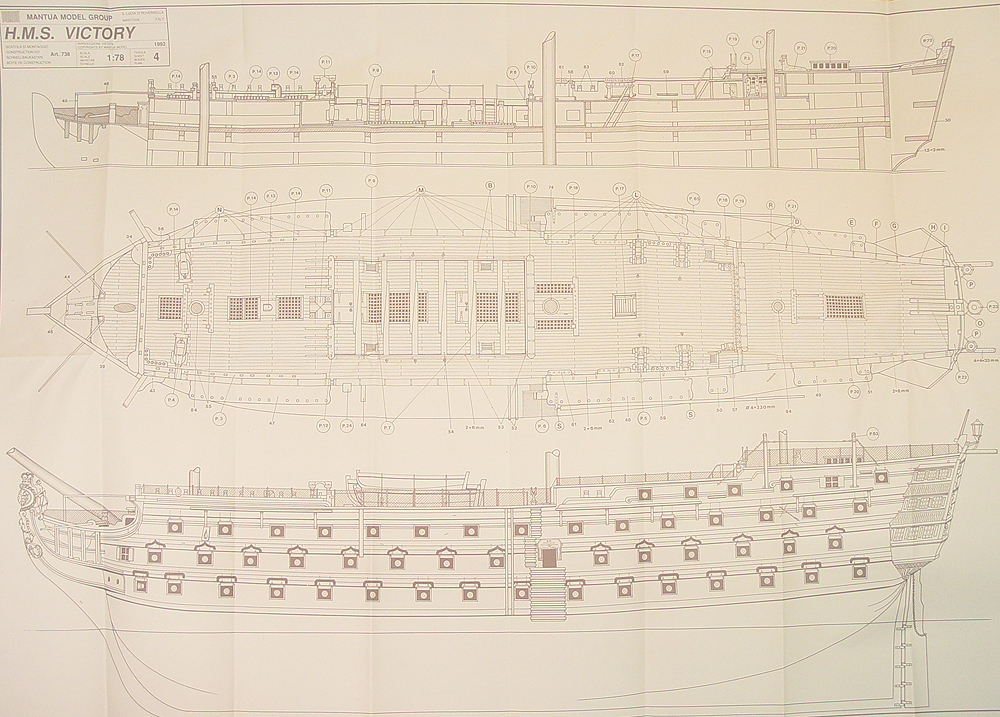
HMS Victory please click photo to enlarge HMS Victory, Admiral Lord Nelson's flagship is the oldest commissioned warship in the world and is still manned by Officers and Ratings of the Royal Navy. The Victory is the only surviving warship that fought in the American Revolution, the French Revolution, and the Napoleonic Wars and is now the flagship of the Second Sea Lord and Commander in Chief Naval Home Command and lies in No 2 Dry Dock at Portsmouth Naval Base in Hampshire UK, where she has a permanent berth. HMS Victory's famous figure-head for further photo's of HMS Victory's figure-head: please click the photo above The design of HMS Victory's elaborate figure-head comprises of two cupids supporting the royal coat of arms which is surmounted with the royal crown.
It is illegal for you to distribute copyrighted files without permission. Nautanki saala reviews. Aio.how is not responsible for third party website content.
The motto bears the Latin inscription of the Honi Soit Qui Mal Y Pense. Translated this means: Shame to him who evil thinks. 186 feet (gun deck) - 227 feet (overall) - 51ft 10 inches (beam) - 28 ft 9 inches (draft) - 2,162 tons - 104 guns - crew of 850 - speed 8 to 9 knots Full rigged ship built mostly of Oak HMS Victory - The Warship:- The Restoration:- Carving the replacement starboard side entrance port: Lord Horatio Nelson and his Crew:- The Battle of Trafalgar ( 1805 ):- HMS Victory - The Warship HMS Victory is an 18th century first-rate warship. It has four masts, 104 guns and took six years to build at a final cost of £ 63,176, a present day cost of around £50 million pounds. The main function of the first-rates warship like HMS Victory was a floating gun platform to deliver shattering 'broadsides' from their powerful batteries of guns arranged in tiers on three decks.
The term 'first-rates' warship came from the battle strategy of the British Royal Navy and the old square riggers. In battle the ships would line up astern of each other and sail in a line past the enemy, when the ship was abeam of their opponent they would then aim and fire their guns. The guns use in this period could not be turned and aimed at their targets like modern turret guns, so sailing in a line meant they had to bear a long onslaught for an extended period. On the 13 December 1758, the same year of Lord Nelson's birth the Board of Admiralty in London gave orders that twelve new line of battle ships were to be built, among them a 'first-rate' with 100 guns.
In 1759 it was decided that this ship would be called Victory. She was designed by Thomas Slade, the Senior Surveyor of the Royal Navy and was laid down in Chatham Dockyard in Southern England. According to reports at the time it was a 'bright and sunny day' when the elm keel was laid down in the old single dock at Chatham dockyard in Kent on 23 July 1759. Forty-seven years later on the 21 October 1805, HMS Victory was the flagship of Vice Admiral Horatio Lord Nelson at the Battle of Trafalgar. For the various stages of producing the Victory sculpture- 1759 Keel laid -- 1765 Launched -- 1778 First commissioned -- 1781 Battle of Ushant -- 1782 Relief of Gibraltar -- 1783 End of the American Revolution -- 1793 First refit along with an increase of armament -- 1794 French Revolution -- 1795 Refits at Portsmouth and Chatham --1797 Battle of St. Cape Vincent -- 1798 Battle of the Nile -- 1801 Battle of Copenhagen -- 1804 The 4th refit at Chatham was completed -- 1805 Lord Nelson, Battle of Trafalgar -- 1806 Extensive repairs at Portsmouth - 1808 Re-commissioned, two Baltic campaigns - 1817 Put into reserve -- 1824 Flagship for the Port Admiral -- 1889 First made the Flagship for Commander-in-Chief -- 1903 Accidentally rammed while under tow -- 1922 Placed into No 2 dry dock for restoration which continues today.
Latest Pages
- Noti Dlya Fortepiano Pesni Ani Lorak Solnce
- Pokemon Xd Gale Of Darkness Iso Palladium
- Sandisk Rescuepro Deluxe Keygen
- Vizitka Klassa Na Konkurs Samij Klassnij Klass Prezentaciya
- Ga Drivers License Class Cid
- James Joyce Ulise Romana Pdf File
- Dimatix Materials Printer Dmp 2800 Manual
- How To Install Cobol In Windows 7
- Buku Aneka Resep Masakan Nusantara Beserta Gambarnya
- Auto Clicker Mu Online
- Conflict Vietnam Pc Utorrent Games
- Cara Mendapatkan Serial Number Corel Draw X7 Keygen Bagas31
- Microsoft Visio 2010 Portable Indowebster
- Slum Village Fantastic Vol 2 Zippysharemp3